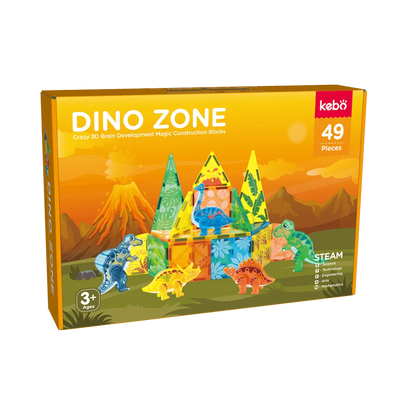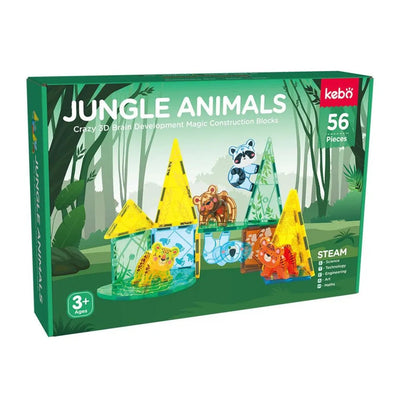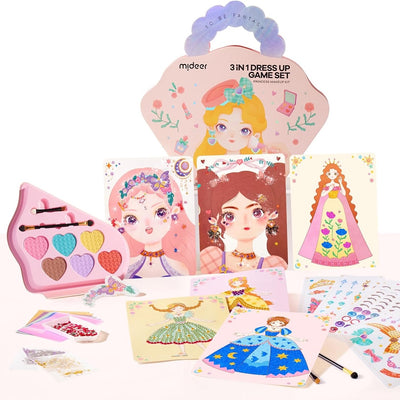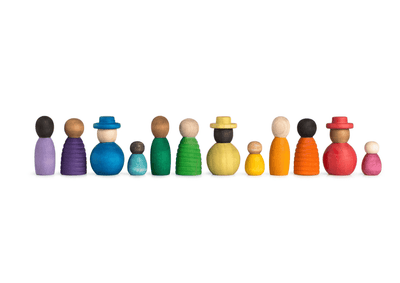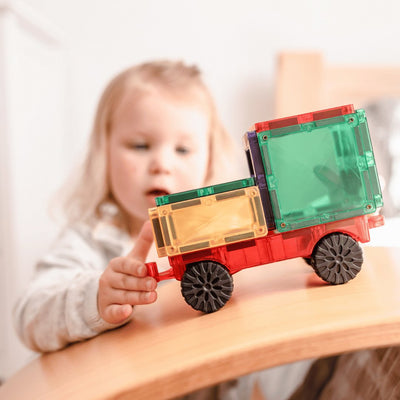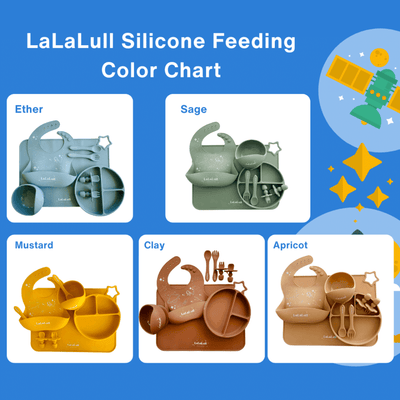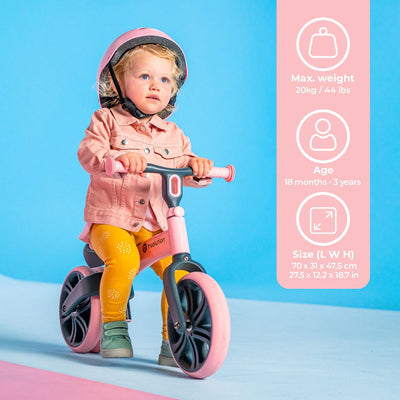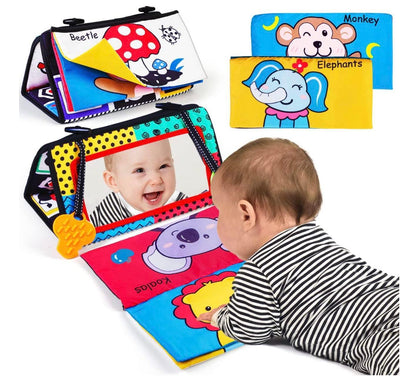As a parent deeply invested in the Montessori method, I wanted to transform our home into a space that encourages my children to explore, learn, and grow independently. Here’s a personal look at how we created a Montessori-inspired play area in our living room.
🌱 Embrace Natural Materials
Choosing the Right Furniture:
We swapped out the plastic, bright-colored shelves for low, wooden ones that my kids can easily reach. This simple change has made all the difference in how they pick and choose their activities, fostering their independence right in our living room.
Selecting Safe, Non-toxic Montessori Toys:
Instead of overwhelming them with flashing lights and electronic noises, we've focused on toys made from natural materials. The wooden blocks, cotton dolls, and wicker baskets not only look beautiful but feel substantial and grounding.

🎨 Foster Creativity and Imagination
Using Open-Ended Toys:
I love watching my kids discover new ways to play with the simplest items. Blocks become castles, spaceships, and sometimes, just a good tool to see how tall they can stack before they topple.
Creating Art Stations:
We’ve dedicated a corner just for getting messy and being creative. It’s stocked with washable marker, chunky silky crayons, and lots of recycled paper. I often find myself joining in, doodling and painting alongside them, which has been a surprisingly serene way to connect.
🧩 Incorporate Learning Zones
Designating Specific Areas:
Our reading nook includes a comfy beanbag and a low bookshelf. Next to it, we’ve got a puzzle mat where they can sprawl out and get to work on their latest jigsaw challenge. This spatial division has subtly taught them about organizing and respecting their play space.
Rotating Educational Materials:
Every other Sunday, the kids and I go through their toys and decide what stays out and what gets stored. They've started taking this very seriously, which I think is adorable—and it keeps their interest in their toys alive.
🔍 Focus on Sensory Play
Introducing Textured Playmats:
The playmat with varying textures is a hit. It’s set up in the center of the room and often becomes a landscape for imaginative play—sometimes it’s a desert, other times a mountain, depending on the day’s adventure.
Offering a Variety of Sensory Bins:
Our kitchen bins have been repurposed into sensory stations. Some days we fill them with water, other days it’s sand or dried beans. They scoop, pour, and explore for hours, which is great for their motor skills and also means I get a bit more time to sip my coffee!
🔄 Simplify and Rotate Toys
Decluttering Regularly:
Less has definitely proven to be more. Fewer toys mean deeper engagement and less clutter. It simplifies cleanup too, which, let’s be honest, is a nice perk for me.
Changing Toys Periodically:
The excitement they show when we rotate in a “new” set of stored toys confirms that this system works for us. They rediscover old favorites, and I get to see what skills they’ve picked up since the last time those toys were out.
Conclusion
Crafting this Montessori play space didn’t happen overnight, and it wasn’t about buying the most expensive or trendiest items. It was about rethinking our existing space to better suit the developmental needs of my kids. The changes we’ve made have encouraged them to take initiative in their own learning and play, and seeing their daily discoveries and the joy they find in simple tasks has been incredibly rewarding. As we continue on this Montessori journey, I’m reminded of the beauty in simplicity and the profound capability of our children to learn through play.
